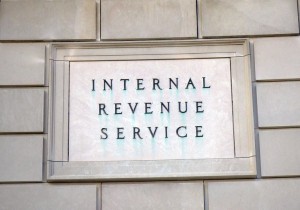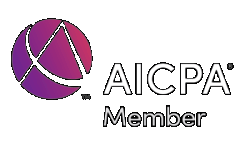 Each year there are changes to the tax code that affect your tax return, and 2015 is no different. Here are the changes to be aware of for the coming year:
Each year there are changes to the tax code that affect your tax return, and 2015 is no different. Here are the changes to be aware of for the coming year:
Healthcare
Everyone has been talking about it, but it still seems some are unaware of the stipulations of the Affordable Care Act. The ACA mandates that all Americans have qualifying health insurance coverage or pay a penalty to the IRS. The penalty in 2014 was 1% of your household income or $95 per person. But in 2015, the penalty increases to 2% of your total household income or $325 per person.
There are also a few 2015 changes regarding flexible spending accounts for healthcare costs that relate to rollover savings. If you carried over the allowed $500 into 2015, you are ineligible to save in a general purpose FSA this year. Unfortunately, it’s too late to spend what was left in your 2014 account to qualify, but now is a great time to discuss your health savings situation with your employer and/or your tax advisor.
Retirement
As of the first of this year, you can only make one rollover from an IRA to another IRA within a 12 month period. A rollover counts as withdrawing funds from one IRA, holding them for fewer than 60 days, and then depositing them into another IRA.
There are also changes to 401(k) limits this year. The limit on employee contributions increases to $18,000, so you are eligible to deposit $500 more than last year into retirement savings. In order to do this, you must let your employer know you want to increase your contribution. If you haven’t already, make the change now to take advantage of the most savings available.
Other increases are also available this year, including:
• Employees over the age of 50 are now allowed an additional $500 ($6,000 total in addition to the standard amount) for 401(k) “catch up” contributions
• Increases also apply to 403(b) and 457 retirement accounts
• Employees can now contribute $2,550 to their flexible spending accounts to put toward healthcare costs
Income
There are a few additional changes to be aware of that relate to the amount of money you earn in 2015.
First, the AMT exemption has increased to $53,600 for individuals and $83,400 for joint filers, which is a 1.5% increase from last year.
Income tax thresholds have been adjusted for inflation, too. The highest tax rate (39.6%) applies to single filers earning at least $413,200 annually and joint filers earning $464,850. This is an increase of about 1.6%.
Finally, 2015’s standard deduction increases to $6,300 for single filers and $12,600 for joint filers. The standard deduction for heads of household rises to $9,250. Keep in mind that itemized deductions such as medical costs, taxes, interest expense and charity donations provide a tax benefit only if in total they surpass the amount of the standard deduction.
Sources:
http://www.usatoday.com/story/money/personalfinance/2014/12/19/taxes-2014-w-2-retirement/19903221/
http://www.irs.gov/uac/Newsroom/In-2015,-Various-Tax-Benefits-Increase-Due-to-Inflation-Adjustments




